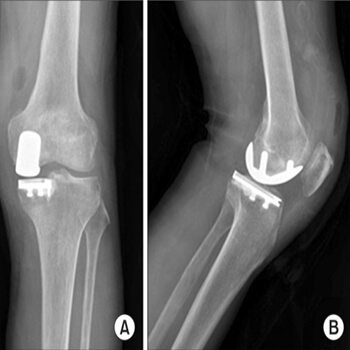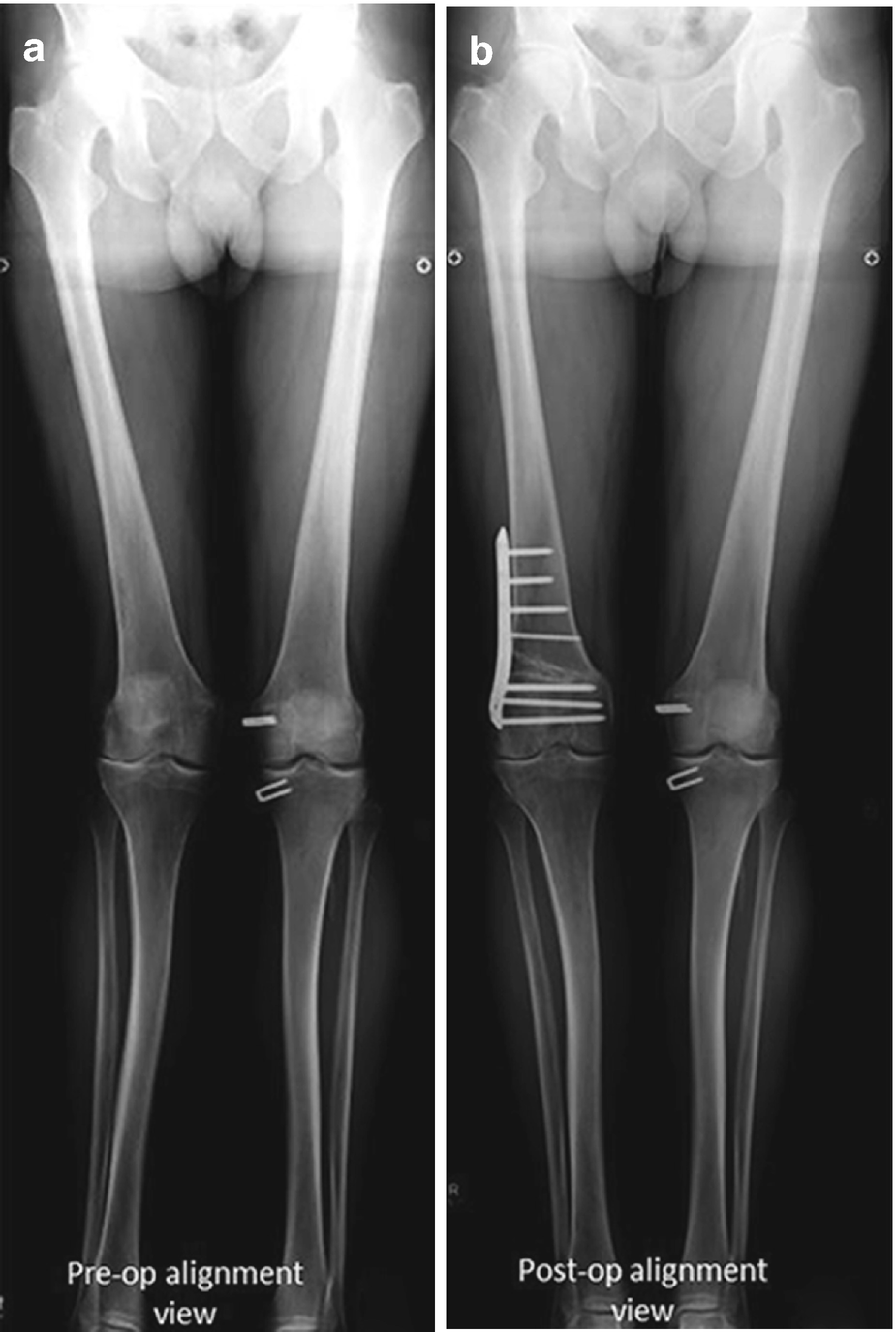This type of knee replacement is used when the knee is highly unstable and the person s ligaments will not be able to support the other type of knee.
Constrained hinged knee replacement.
According to this review although excellent and very good results have been.
The purpose of this paper is to review the literature concerning the use of condylar constrained knee cck and rotating hinge rh implants in primary and revision cases focusing on the indications and results.
Constraint is defi.
Increasing component constraint may reduce instability but doing so also can cause increased forces to be transmitted to fixation and implant interfaces which may lead to premature aseptic loosening.
Constraint or hinged variety implants are rarely used as a first choice of surgical options.
Conclusions hinged knee replacement can be considered as a viable alternative to more traditional unconstrained designs in the complex primary setting.
Both pcl retaining and pcl substituting knee replacements are very successful with success rates over 95 in 10 year follow up studies.
Instability is an important cause of failure following total knee arthroplasty.
A modular and constrained knee implant.
A constrained procedure sometimes referred to as a hinged knee replacement is performed on patients who require all of the ligaments and muscles to be removed.
Constrained implants in total knee replacement.
4 5 constrained or hinged prostheses have tibial and femoral components that are linked together with a hinged mechanism.

























